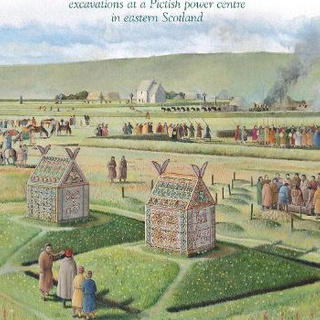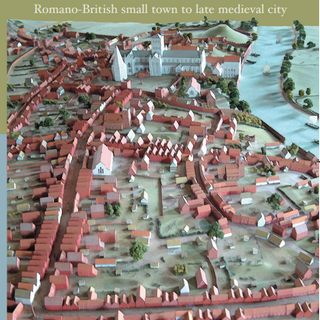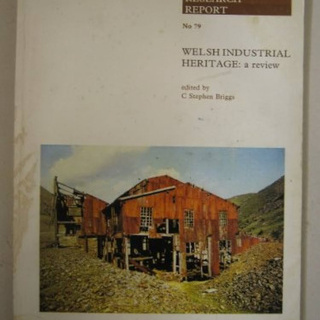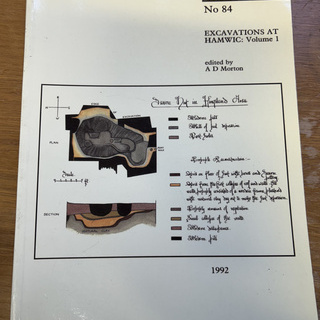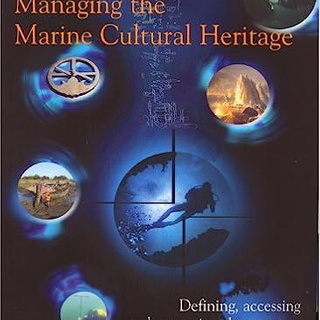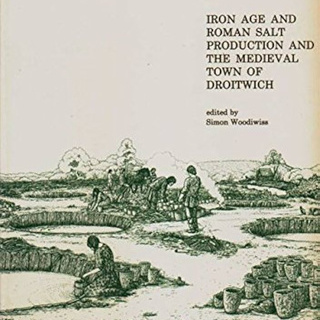Prehistoric Forteviot: Excavations of a ceremonial complex in eastern Scotland
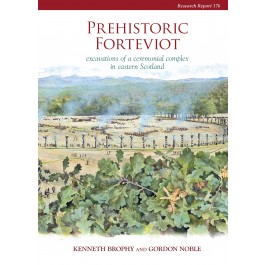
The Strathearn Environs and Royal Forteviot Project (SERF), run by the University of Glasgow, was one of the largest research projects undertaken in Scotland in recent decades.
The original stimulus for the project was a major complex of cropmarks situated to the south of the early medieval royal centre of Forteviot in eastern Scotland, celebrated as the site of the palace of Cináed mac Alpín (d AD 858). This volume reports on SERF excavations between 2007 and 2010 at one of the most important prehistoric ceremonial complexes in Britain, which began with a cremation cemetery just after 3000 BC. The excavations, supported by over 130 radiocarbon dates, focused on a late Neolithic palisaded enclosure, timber setting, and ring-ditch as well as two Chalcolithic henge monuments. Evidence was found for complex sequences of activity at the henges and ring-ditch, each monument undergoing transformation into a burial monument in the late 3rd millennium BC.
Discoveries included a dagger-burial containing two copper weapons, as well as the first positive evidence for flowers in a Bronze Age burial in Britain and the most complete fire-making kit of that age found in Europe.
This volume reports on the prehistoric remains; details of the early medieval investigations can be found in CBA Research Report 177: Royal Forteviot: excavations at a Pictish power centre in eastern Scotland (Campbell and Driscoll 2020).

